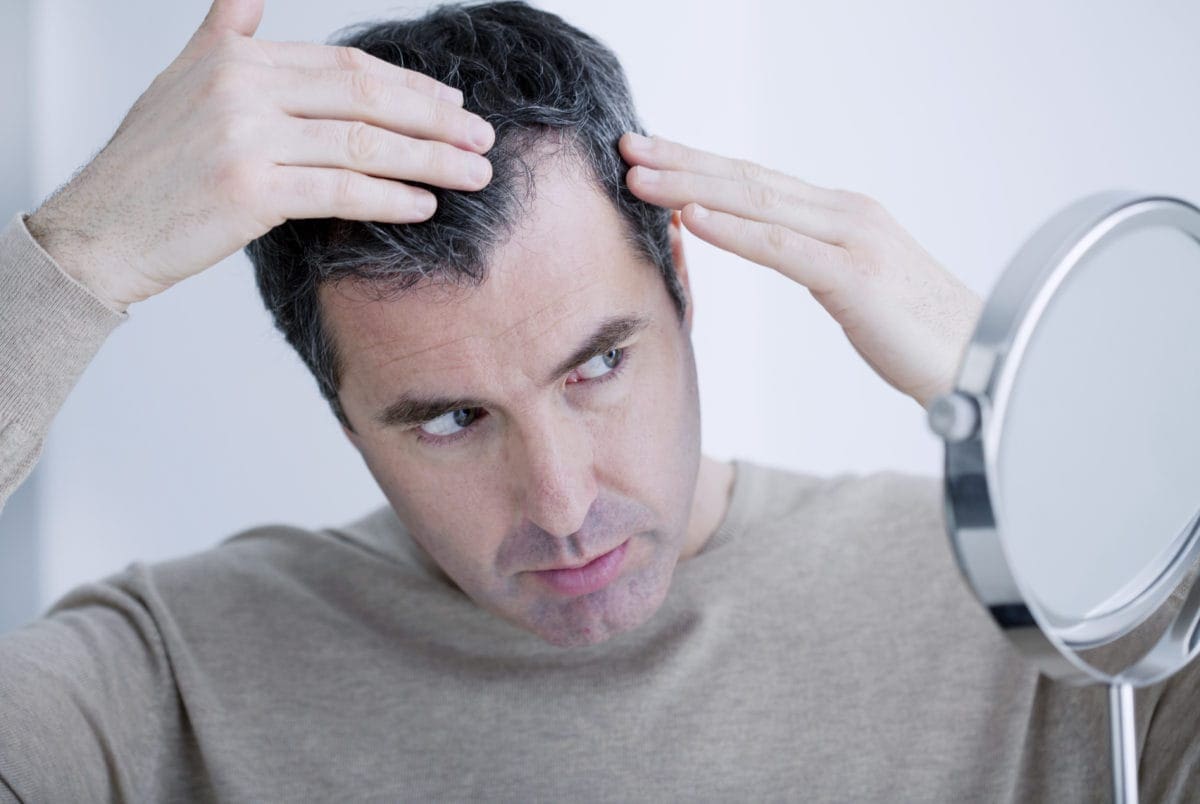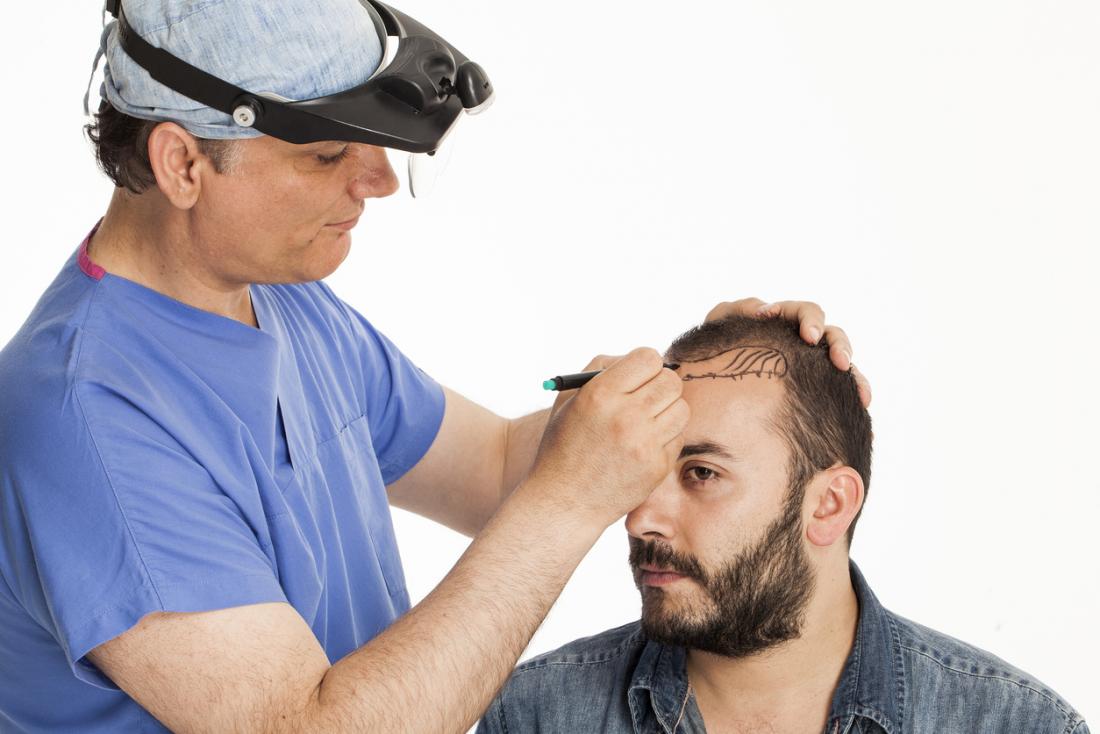
Hair transplants can be life-changing procedures that significantly boost one's confidence and self-esteem. However, not all hair transplants go well. It can be disheartening when the result disappoints. If you find yourself in this situation, it’s essential to know that you’re not alone. There are steps you can take to address your concerns. This article will guide you. It will help you understand why hair transplants may disappoint. It will also cover how to handle dissatisfaction. It will also cover the options to improve or fix the results.
Understanding Hair Transplant Expectations
Before diving into fixes, you must understand why hair transplants can disappoint. Many factors can lead to unsatisfactory outcomes. These include unreal expectations. They also depend on the surgeon's skill. They also depend on the technique used, and on differences in hair and scalp health.
Unrealistic Expectations
One of the most common reasons for disappointment is having unrealistic expectations. Hair transplants can make thinning or balding areas look much better. But, they cannot fully bring back the density of your teenage years. Understanding the limitations and realistic outcomes of the procedure is vital.
Surgeon’s Skill Level
The surgeon's skill and experience are key. They play a big role in the success of the transplant. A trained surgeon will understand hair direction, density, and natural appearance. These are crucial for a good result.
Technique Used
Different hair transplant techniques have varying outcomes. These include Follicular Unit Transplantation (FUT) and Follicular Unit Extraction (FUE). The best technique depends on individual cases. The technique choice can affect the look and satisfaction of the transplant.
Individual Differences
Each individual’s hair growth rate, scalp health, and response to the transplant can vary. These differences can affect the outcome. So, it's essential to have a thorough consultation and realistic expectations.
Assessing the Situation
If your hair transplant didn’t meet your hopes, the first step is to assess it objectively. Take time to evaluate the results, considering the healing process and the time needed for hair growth.
Time Frame for Results
Hair transplants typically take several months to show visible results, and it can take up to a year for the final outcome to be evident. Patience is crucial, as premature judgment can lead to unnecessary anxiety and dissatisfaction.
Identifying Specific Concerns
Pinpoint the specific aspects of the transplant that you’re unhappy with. Is it the density, the natural look, the hairline design, or something else? Identifying these concerns can help you communicate well with your surgeon. It can also help you find the right solution.
Communicating with Your Surgeon

Once you’ve assessed the situation and identified your concerns, the next step is to communicate with your surgeon. Open and honest communication is vital. It is needed for resolving problems and finding solutions.
Scheduling a Follow-Up Appointment
Book a follow-up appointment with your surgeon to discuss your concerns. At your appointment, clearly explain your transplant concerns. Then, ask the expert's opinion.
Understanding Possible Solutions
Your surgeon should give you a range of options. These include minor corrections, more transplants, or other treatments. Understanding these options will help you make an informed decision about the next steps.
Exploring Corrective Procedures
If your hair transplant is unsatisfactory, several procedures can fix it. They can help improve the results.
Additional Hair Transplants
In some cases, you may need another hair transplant. This is to get the density and natural look you want. This can be very useful. It's especially so if the first transplant didn't cover all the needed areas. Or if the density was too low.
Scar Revision
If the first transplant left scars, scar revision can reduce how noticeable they are. Methods like laser therapy, micro-pigmentation, or more hair grafts can improve the look.
Non-Surgical Treatments
Non-surgical treatments like Platelet-Rich Plasma (PRP) therapy, low-level laser therapy, or medications such as Minoxidil and Finasteride can also enhance the results of a hair transplant. These treatments can stimulate hair growth and improve the overall appearance of the transplant.
Seeking a Second Opinion
If you’re not happy with your original surgeon's solutions, seek a second opinion. Find another experienced hair transplant specialist. It can be helpful. A fresh perspective might offer new insights and alternative solutions that you hadn’t considered.
Researching Reputable Clinics
Look for reputable hair transplant clinics with a proven track record of successful procedures. Reading reviews can help. So can checking before-and-after photos and asking previous patients. These steps give valuable information about the clinic’s expertise and reliability.
Consultation with a Specialist
During the consultation, be open about your previous experience and current concerns. A specialist will evaluate your situation. They will suggest the best action, whether it's a corrective procedure or an alternative treatment.
Taking Preventive Measures
To avoid disappointment in future procedures, taking preventive measures is essential. Learn about the process. Choose a qualified surgeon
Educating Yourself
Understanding the hair transplant process. It involves different techniques and can have different outcomes. This understanding can help set realistic expectations. Knowledge empowers you to make informed decisions and reduces the likelihood of disappointment.
Choosing the Right Surgeon
Select a surgeon with extensive experience and a strong track record in performing hair transplants. Look for certifications. Also, look for affiliations with professional groups. And, look for good patient reviews. These things will ensure you’re in capable hands.
Maintaining Realistic Expectations
Hair transplants can greatly improve your looks. But, it's crucial to have realistic expectations about the results. Discuss your goals with your surgeon. Understand the limits of the procedure. This will help align your hopes with what's possible.
Conclusion
Facing a bad hair transplant is tough. But, remember, fixes exist. First, review the situation. Next, talk to your surgeon. Then, consider corrective options and getting a second opinion. Finally, take steps to prevent future issues. This approach can enhance results and meet your expectations.
If you are considering a hair transplant, you must pick a good clinic and a skilled surgeon. If you’re looking for high-quality hair transplant services, consider checking out the hair transplant clinic UK. Additionally, for inspiring transformations, you can explore hair transplant before and after London to see real-life results and gain confidence in the procedure.
Navigating hair restoration is complex. But, with the right info and professional help, you can get satisfying, confidence-boosting results.

